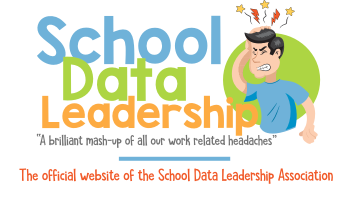Build mutually beneficial relationships with external organizations to coordinate the use of school and community facilities.
Building mutually beneficial relationships with external organizations to coordinate the use of school and community facilities is essential for maximizing resources and strengthening community ties. Here's how educational leaders can expand on this standard through practical strategies and resources:
Identifying Opportunities and Partners
-
Needs and Resources Assessment: Conduct an assessment of both school and community facility needs and available resources. Tools like Google Forms can be used to gather input from the school community and local organizations on what facilities are needed and can be shared.
-
Community Networking Events: Organize or attend local networking events to identify potential partners interested in sharing facilities. Platforms like Eventbrite can help in organizing and promoting these events.
-
Establish a Facility Use Committee: Create a committee that includes school administrators, community members, and representatives from potential partner organizations to oversee facility sharing initiatives.
Formalizing Partnerships
-
Drafting Shared Use Agreements: Develop formal agreements that outline the terms of facility use, including schedules, responsibilities, costs, and liability issues. Resources like LegalZoom can provide templates and legal guidance for these agreements.
-
Collaborative Planning Sessions: Hold regular planning sessions with partners to coordinate the logistics of shared facility use, ensuring that all parties' needs are met. Tools like Doodle can simplify scheduling these meetings.
-
Transparent Communication Channels: Establish clear and regular communication channels between all stakeholders to facilitate ongoing coordination and adjustments. Use communication platforms like Slack or Microsoft Teams to keep everyone informed and engaged.
Implementing and Managing Shared Use
-
Scheduling System: Implement a digital scheduling system to manage facility bookings efficiently. Software like Skedda or Asana can be used to manage bookings and prevent scheduling conflicts.
-
Facility Upkeep and Management: Coordinate with partners to establish a joint maintenance and management plan for the shared facilities. This plan should clarify each party's maintenance responsibilities to ensure facilities remain in good condition.
-
Regular Evaluation Meetings: Schedule periodic meetings to discuss the utilization and condition of shared facilities, address any concerns, and make adjustments to the agreement as necessary. This helps ensure that the partnership remains mutually beneficial.
Monitoring, Evaluating, and Reporting
-
Feedback Collection: Use tools like SurveyMonkey to collect feedback from users of the facilities to gauge satisfaction and identify areas for improvement.
-
Performance Metrics: Develop metrics to evaluate the success of the shared facility initiative, such as usage rates, cost savings, and user satisfaction levels.
-
Annual Reports: Produce annual reports summarizing the use and benefits of shared facilities. These reports can help demonstrate the value of the partnerships to all stakeholders and can be shared using platforms like Adobe InDesign for a professional finish.
Promoting Successes
-
Showcase Events: Organize events that highlight the successful outcomes of the shared facility use, such as community days or open houses that invite broader community participation.
-
Publicity: Publicize the benefits and successes of the shared facility arrangements through local media, school newsletters, and social media channels to enhance community pride and encourage further collaborations.
By effectively implementing these strategies and utilizing the mentioned resources, educational leaders can build and sustain fruitful relationships with external organizations, optimizing the use of school and community facilities and enhancing the educational environment for all involved.
